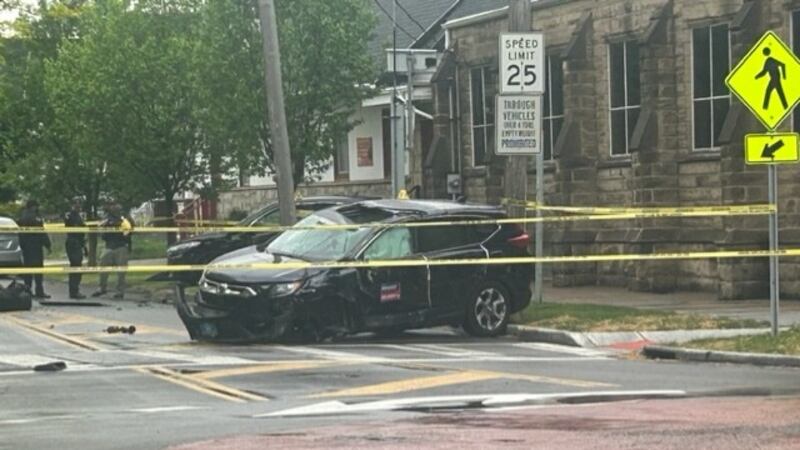Survivor of suicide attempt gets 'second chance' after historic facial transplant at Cleveland Clinic



CLEVELAND, OH (WOIO) - Katie Stubblefield was 18-years-old when she tried to take her own life. She was instead left with severe facial trauma after the single bullet pierced through her mouth and exited between her eyebrows.
The former Cleveland Clinic patient underwent a full-face transplant at 21-years-old, becoming the youngest face transplant recipient in U.S. history.
The procedure was performed in 2017 and took 31 hours to complete with 11 Cleveland Clinic surgeons and multiple specialists on hand.
"Longest nap of my entire life," she joked after the transplant.
One hundred percent of Stubblefield's facial tissue was replaced along with her forehead, eyelids, nose, cheeks, jar, teeth, nerves, and facial muscles.
Even though the transplant was a success, Stubblefield is still blind and relies on Braille. She is also working on improving her tongue movement, which is limited.
Despite the challenges, she hopes to be a counselor or teacher.
"Katie gets a second chance at life," said her mother, Alesia Stubblefield.
Stubblefield and her journey are the subject of a National Geographic feature. She is featured on the cover of the upcoming September issue.
(Courtesy: National Geographic)
"'The Story of a Face' is about hope and resilience, identity, the power of a family's love and devotion to their daughter, and the medical miracle that gives Katie Stubblefield a second chance at life," said Susan Goldberg, Editorial Director of National Geographic Partners and Editor-in-Chief of National Geographic magazine.
In order for the surgery to take place, Stubblefield was placed on a transplant list for more than a year before a donor match was found.
The surgery was paid for by the U.S. Department of Defense in an effort to increase knowledge on how to treat armed forces members who sustain similar injuries.
If you or somebody you know struggles with suicidal thoughts, call the National Suicide Prevention Hotline at 1-800-273-8255.
Copyright 2018 WOIO. All rights reserved.




